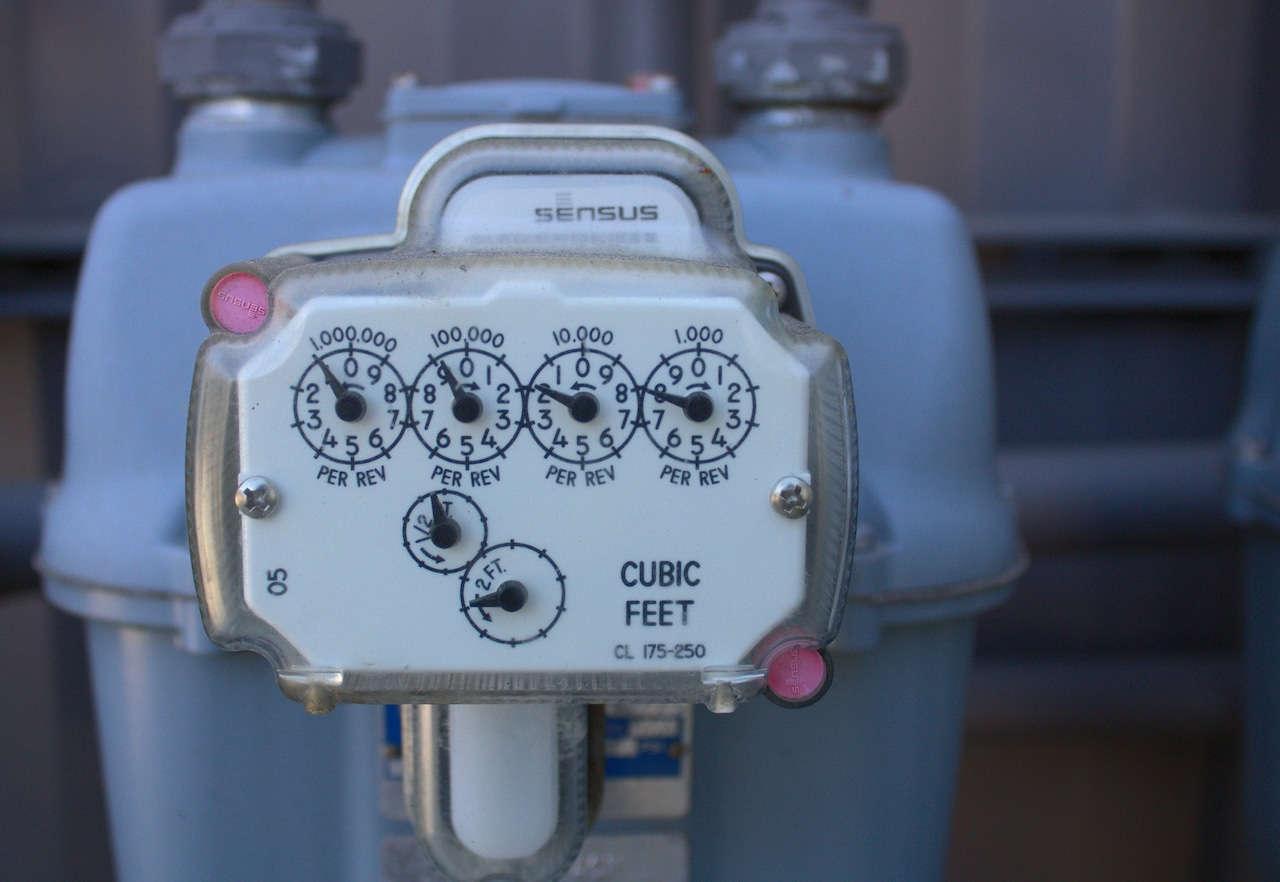Copyright Mechanicsburg Patriot News

By Nora Brownell As recently as 2024, the Energy Association of Pennsylvania told the General Assembly, “Consumers of electricity in Pennsylvania have benefited from the creation of a competitive generation market under the Competition Act.” Now, that same association seeks to undermine the very act that freed customers from risky utility decisions and associated costs, which at the time were 15% above the national average. The Competition Act is grounded in the belief that independent power producers, not captive utility customers, should bear the costs and risks of developing and operating power generation. This model has served Pennsylvania well, reducing rates and positioning the state to generate 40% more electricity than it needs today. As part of the transition, the Competition Act directed more than $11 billion in costs to Pennsylvania customers to compensate utilities for stranded generation costs. This was done in exchange for the benefits and protections of a competitive market. The Act also allowed utilities to move their existing generation into unregulated affiliates. While utilities can still create separate affiliates to build and operate new power generation, they don’t want to assume the risks; they want consumers to pay for guaranteed profits. Why Competition Works Even with recent capacity auction increases, Pennsylvania’s electricity rates remain consistently below the national average. Independent, competitive generators have created a massive in-state surplus of electric power while assuming all the costs and risks of building new power plants. The current market fosters competition and drives efficiency, as evidenced by the state’s robust generation surplus and competitive rates. In fact, competition has not only reduced rates but also attracted new generation investments. The most recent PJM capacity auction was the first in four years to see an increase in new generation, with 2,669 MW of new capacity from independent power producers whose investors assume all the risks. A Costly Step Backward: HB 1272 and SB 897 House Bill 1272 and Senate Bill 897 represent a costly and unnecessary abandonment of Pennsylvania’s successful competitive power market. Despite proponents’ claims, the legislation will increase prices and jeopardize grid reliability while guaranteeing and increasing utility profits. These bills are riddled with flaws and will not solve grid reliability challenges; they must be rejected. This unneeded, self-serving public policy push by utilities represents an opportunistic attempt by some utilities to return to a time when captive customers paid above the national average for electricity and shouldered all the risks of building and operating power generation. It is a demonstrable return to a business model that cost consumers billions of dollars and provided them no choice. The Path Forward No one doubts that affordability and reliability are important issues for all Pennsylvanians. However, returning to an outdated, flawed business model is not the answer. We owe our consumers more than old-time politics and policies. Our challenges call for rational economic policy decisions to protect our economy and the Pennsylvanians who actually pay the bills. Left unchecked, the utility-driven approach proposed in HB 1272 and SB 897 represents a dramatic departure from the landmark 1996 Competition Act, which has provided measurable benefits to Pennsylvania consumers for nearly three decades—and which utilities themselves supported as recently as last year. There are solutions if we look at fact-based, economically rational answers to reducing costs. For example, new technologies bring greater efficiency, better data, and more transparency to planning and market optimization. Competition consistently drives value—electric generation is one example, but the pattern holds across industries. For instance, telephone services cost 53% less in 2025 than in 1997, while computer software and accessories are 76.25% less over the same period (U.S. Bureau of Labor Statistics). That’s the power of competition: it empowers customers to demand better technology and service at a lower cost. Why would we want to take that away?



